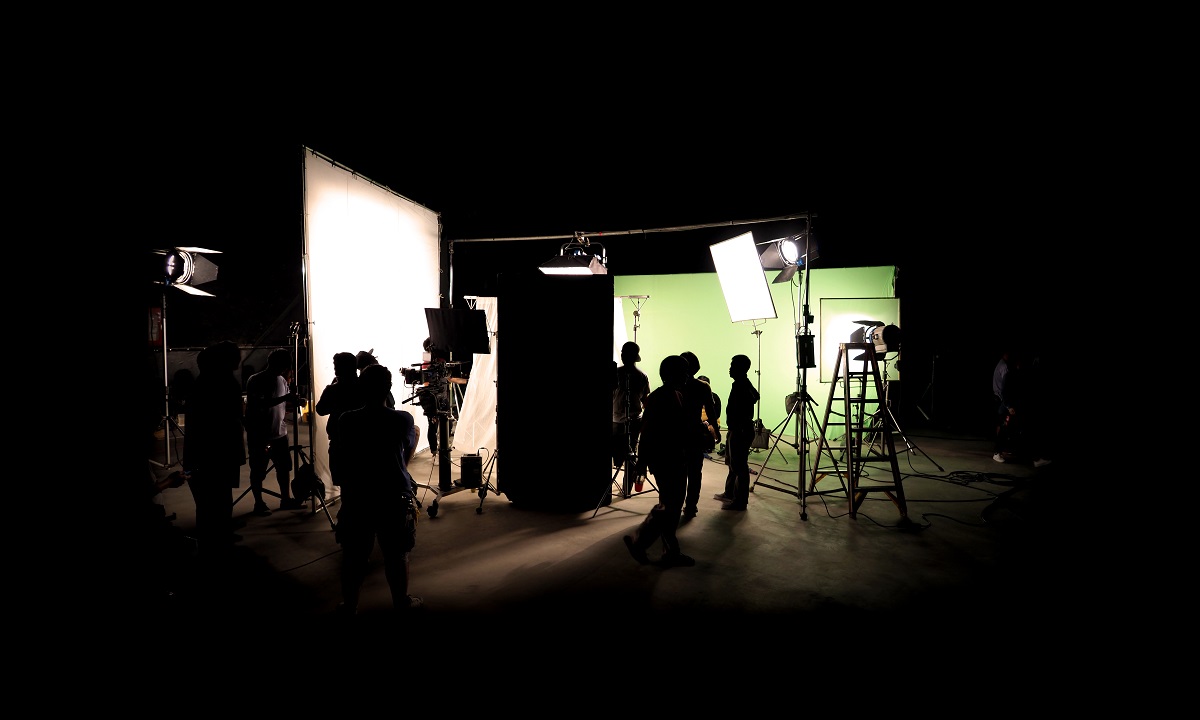From Script to Screen: How Executive Producers Bring TV and Film Projects to Life
When we sit down to watch a movie or binge-watch a new series on our favorite streaming platform, we often don’t think about the complex process behind the scenes that goes into creating these productions. However, behind every successful film or TV show, there is a team of dedicated individuals working tirelessly to bring the project to life, and at the helm of this team are the executive producers. These individuals are responsible for overseeing the entire production process, from the script to the screen, and ensuring that the final product meets their creative vision.
What sets executive producers apart from other members of the production team is their unique combination of creative and business expertise. They are responsible for securing financing, hiring key personnel, managing budgets and schedules, and ensuring that the project stays on track from start to finish. At the same time, they also work closely with writers, directors, and other creatives to develop the story and bring their artistic vision to life. In this article, we will take a closer look at the role of executive producers in film and TV production and explore how they bring projects to life.
The Development Phase: From Concept to Script
The first stage of any film or TV production is the development phase, where the creative team works on turning an idea into a script. During this phase, executive producers play a crucial role in determining the overall creative direction of the project. They work closely with writers and directors to develop the story, set the tone, and define the project’s aesthetic.
Executive producers also take an active role in securing financing for the project during the development phase. They pitch the project to studios, networks, or investors, and negotiate deals to ensure that the production has the necessary resources to move forward. This may involve finding co-producers, securing tax credits or incentives, or developing partnerships with brands that can help finance the production.
Once the script is complete, the executive producer will oversee the process of finding a director and casting actors. They work with the director to ensure that the creative vision is upheld and that the actors chosen are the best fit for the roles. This involves holding auditions, reviewing casting tapes, and negotiating deals with agents.
Pre-Production: Planning the Shoot
After assembling the cast and crew, the executive producer shifts their focus to the pre-production phase. At this stage, the production team collaborates on mapping out the shoot, which entails scouting locations, constructing sets, and developing storyboards. In addition, the executive producer supervises the recruitment of department heads, such as the production designer, cinematographer, and costume designer, during pre-production. They closely collaborate with these professionals to guarantee that the project’s artistic vision is upheld and that the end result fulfills their standards.
Production: Bringing the Script to Life
The production phase is where the script comes to life, and the executive producer’s role is to ensure that the shoot runs smoothly. This involves managing the production crew, ensuring that everyone is working efficiently and safely, and handling any issues that arise on set.
During this phase, the executive producer has to make sure that the project stays on schedule and on budget during production. This can be a challenging task, as there are often unexpected delays or complications that can derail the shoot. However, the executive producer’s experience and expertise can help them navigate these challenges and ensure that the project stays on track.
Post-Production: Bringing it All Together
After the production phase is completed, the project moves into the post-production phase, where the footage is edited to create the final product. At this stage, the executive producer collaborates with the editor and other post-production staff to maintain the creative vision and ensure that the final product meets their high standards.
The executive producer is also responsible for managing the post-production budget and keeping the project on track financially. They work closely with the editor to create a preliminary version of the project, which they then review to make sure it aligns with their creative vision. They may provide notes and feedback to the editor to help guide the final cut.
Once the final cut is complete, the executive producer focuses on securing distribution for the project. This involves negotiating agreements with networks, streaming platforms, or distributors to ensure that the project reaches its intended audience.
Bring Your Own Creative Vision to Life
As we approach the final chapter of this exploration into the role of executive producers, we can easily say that executive producers truly play a critical role in bringing TV and film projects to life. They oversee every aspect of production, from the development of the script to securing financing, managing budgets and schedules, and ensuring that the final product meets their creative vision. With their unique combination of creative and business expertise, executive producers are instrumental in making sure that each project reaches its full potential.
If you have been dreaming of a career in the film and TV industry as an executive producer, the good news is that there is a 100% online program available that can help you get started.
At Yellowbrick, we offer the Film and TV Industry Essentials program, taught by experts from New York University’s Tisch School of the Arts and top Executive Producers like Yahlin Chang from The Handmaid’s Tale, Ang Lee, and Judd Apatow. The program covers major movements in film history, the principles of visual and audio communication, and idea development and realization using various techniques. By enrolling in this program, you can gain the foundational knowledge and skills needed to succeed in this competitive industry, while earning a certificate from NYU Tisch.
So if you are ready to take the first step towards a career as an executive producer in the film and TV industry, consider enrolling in Yellowbrick’s Film and TV Industry Essentials course today. With the knowledge and skills you will gain from this course, you will be well on your way to bringing your own creative vision to life on the big or small screen.



